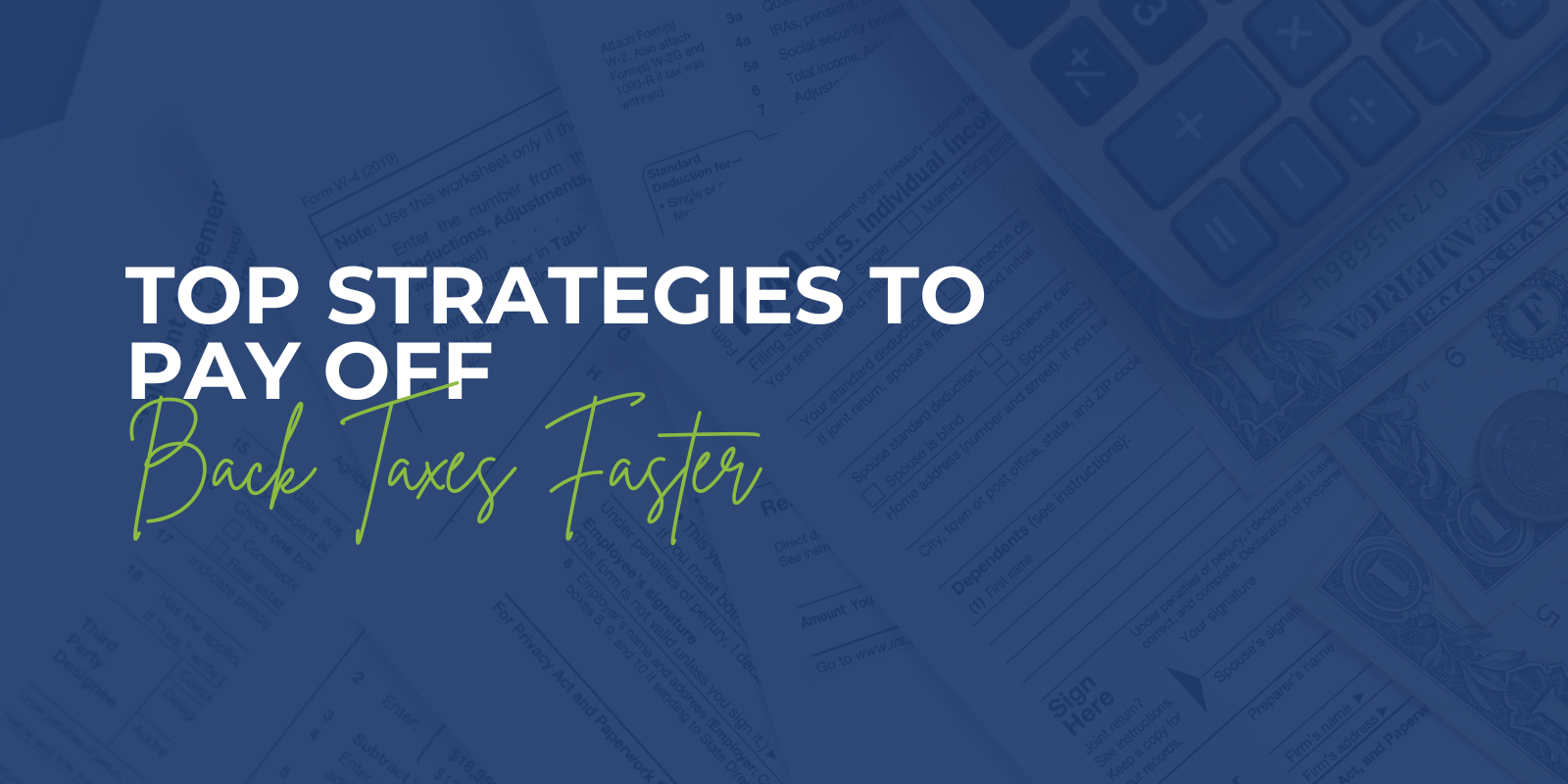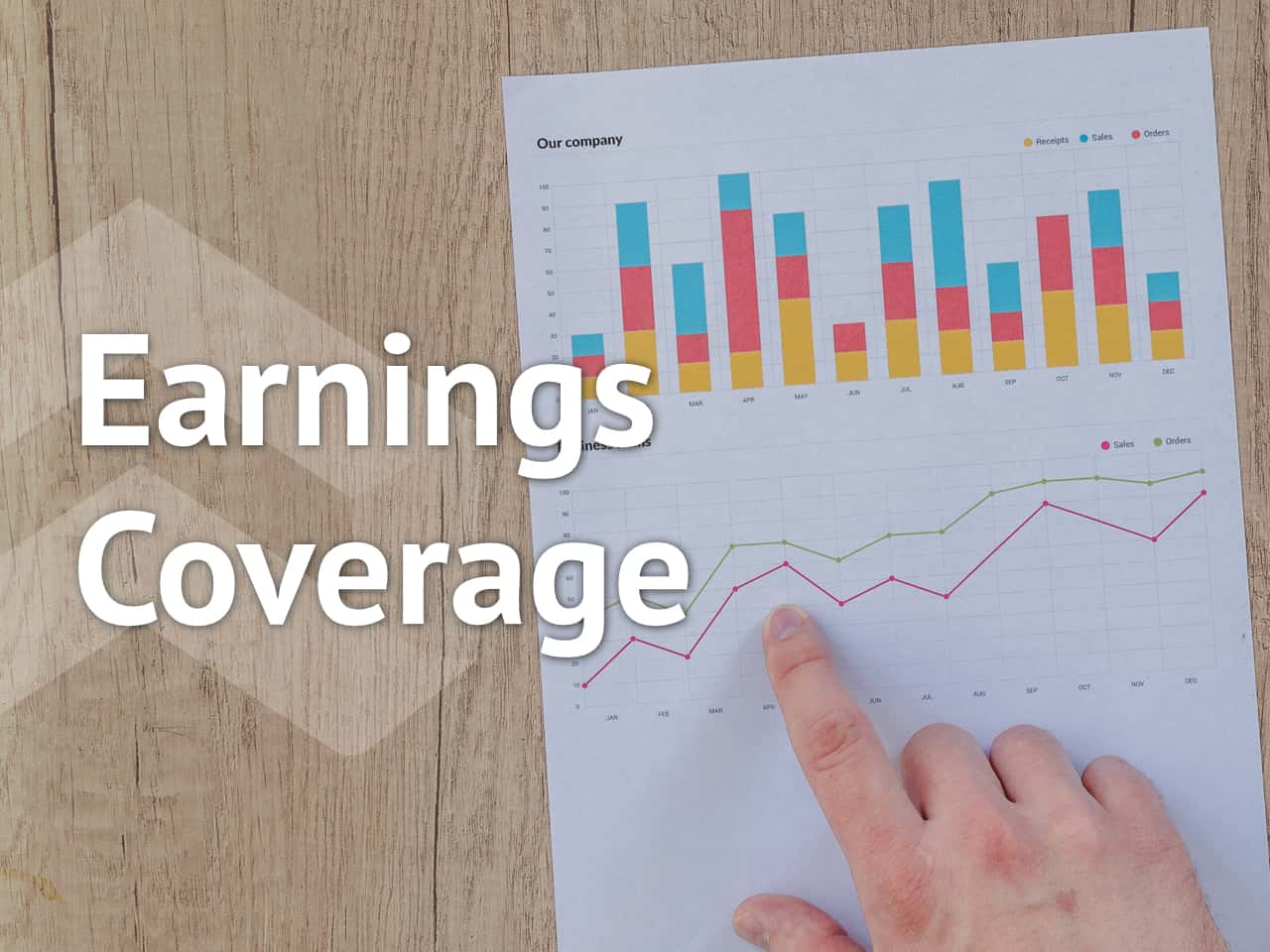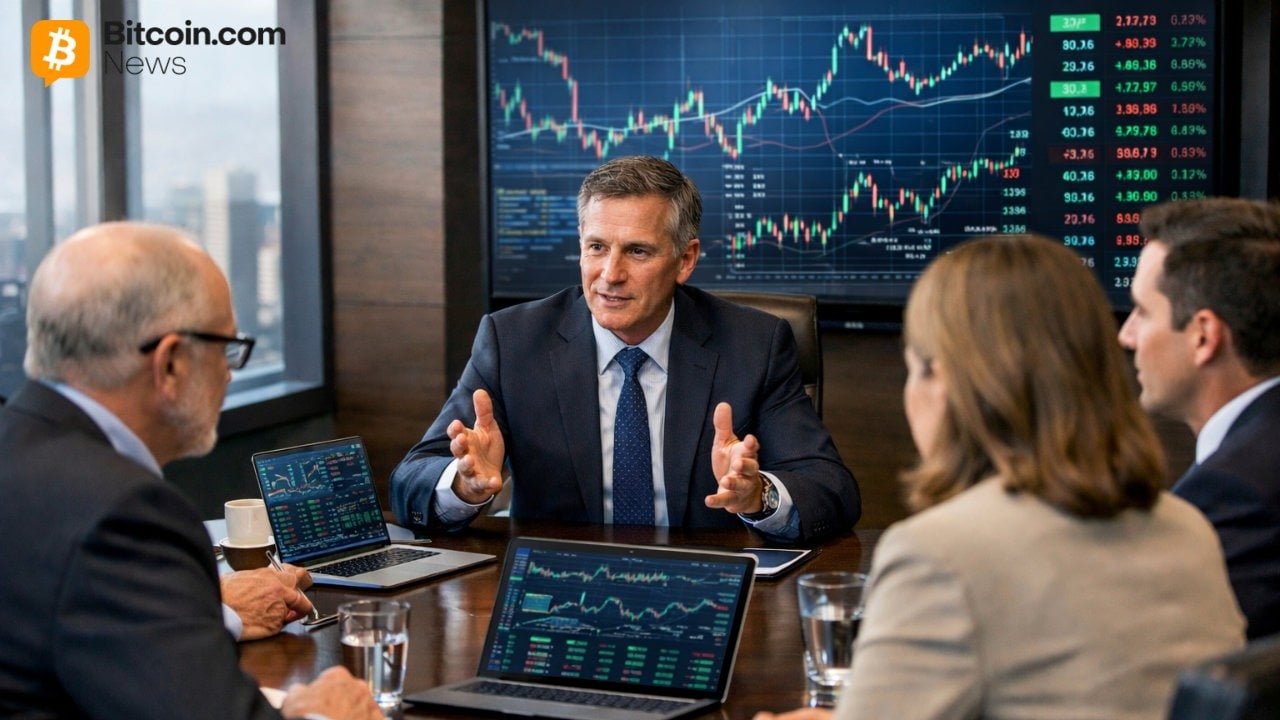“In investing, only some roads lead to Rome – others just take you in circles”
Investing in consumer products requires distinguishing between passing fads and sustainable market leaders. Some companies succeed through affordability and mass-market appeal, while others thrive on exclusivity and pricing power. The key question for investors is not just which products will dominate, but why. Is the company’s success rooted in functional utility, emotional appeal, or a mix of both?
By classifying products into commodity, luxury, or hybrid models, investors can identify durable competitive advantages. Is it the right time for a commodity product to achieve mass adoption? How do companies sustain value? Can a commodity business develop pricing power? Are luxury brands as resilient as they seem? Answering these questions can guide smarter investment decisions.
Paths to Value: Commodity vs. Luxury
Consumer products typically solve two distinct sets of needs:
Functional: Addresses practical concerns such as cost, convenience, and efficiency. Here, success hinges on mass adoption and economies of scale.
Emotional: Caters to status, identity, and exclusivity that transcend a product’s basic function. These business command premium pricing through strong branding and controlled scarcity.
Some companies, however, blur the lines, creating a hybrid strategy that integrates affordability with aspirational branding — the final goal for all paths is to create and protect value and stay relevant.
Framework to Analyze Commoditized Offerings
Commodity businesses thrive by addressing practical needs, and they scale through utility. This is reflected in the S-curve of commodity businesses, moving through three key phases:
Slow Build: The product is niche due to high costs or lack of infrastructure.
Accelerated Growth: A tipping point, often driven by falling costs or technological leaps, fuels mass adoption.
Maturity: Growth slows as competition intensifies, forcing companies to innovate or consolidate.
Investor Takeaway: Each phase bears unique valuation implications. In the early stages, excitement can fuel high multiples, while in maturity, valuations moderate materially as the brand’s durability is tested.

Functional Success: Clean Energy’s Exponential Rise
Solar Energy: In 1977, solar cells cost $77 per watt. By 2024, that figure plummeted to $0.11 per watt, enabling mass adoption. Companies like First Solar and Enphase Energy capitalized on this shift, delivering substantial long-term returns for investors.
Similarly, in Electric Vehicles (EVs), Tesla began with the high-end Roadster. It soon recognized the broader opportunity in more affordable models. As battery prices declined, Tesla scaled up the Model-3 and Model Y, pioneering an industry now teeming with contenders like BYD.This pivot from niche to mass market underscores how effective cost reductions can transform a once-premium product into a widespread commodity.
Investor Takeaway: Watch for cost inflection points in commodity industries — when affordability crosses a critical threshold, adoption and valuations surge.
Fading into Irrelevance
Orkut dominated early social media in markets like Brazil and India, yet stagnation spelled its downfall. Limited updates, poor mobile user interface, and minimal corporate backing let Facebook iterate faster and deliver a superior user experience. By missing its chance at a mass-adoption S-curve, Orkut ultimately faded into irrelevance.
Investor Takeaway: In rapidly evolving industries, consistent innovation is paramount. Even an early lead can vanish without ongoing product development and strategic investment.

Framework to Analyze Aspirational Brands
Hermès Birkin bags, Macallan Scotch, and Bugatti automobiles show how heritage, craftsmanship, and exclusivity create formidable brand moats. These offerings aren’t just products; they are experiences, tied to storied legacies or handcrafted production methods that resonate with affluent consumers seeking status. By limiting production, each brand amplifies its allure. From Birkin waitlists to single-malt maturation or limited-run hypercars, scarcity becomes part of the value proposition.
Three pillars drive luxury success:
Aspirational Branding: Strong storytelling, craftsmanship, and heritage.
Exclusivity & Scarcity: Limited production ensures high perceived value.
Ownership Experience: The brand extends beyond the product.
Investor Takeaway: In luxury, controlling distribution and upholding exclusivity is critical. Maintaining tight brand narrative and scarcity is essential to preserving pricing power. Investors often pay a premium for companies that leverage brand loyalty to sustain high margins. Yet even legendary names risk dilution if they expand recklessly.
Contrarian View: Are Luxury Brands More Vulnerable Than We Think?
Pierre Cardin rose to fame in the 1960s with avant-garde designs but pursued an aggressive licensing model across a vast product range. Although lucrative initially, this approach eroded the label’s exclusivity. Over time, Pierre Cardin’s name became synonymous with discount-level offerings – illustrating how a luxury aura can dissolve when overexposed.
Is Gucci encountering a similar challenge? Its focus on trend-driven, accessible products may have diluted its luxury image, especially as consumer preferences shift towards timeless and understated luxury.
Investor Takeaway: Exclusivity hinges on strategic brand guardianship. Investors should be wary of luxury brands expanding aggressively to maximize short-term profits, as it may undermine long-term brand equity.
The Hybrid Approach: Bridging Functionality and Status.
Several brands have successfully combined commodity functionality with premium positioning, transforming everyday products into lifestyle statements. For instance, Voss Water elevated plain bottled water into a symbol of luxury through sleek design, selective distribution, and a narrative emphasizing Nordic purity. Dyson reimagined household appliances like vacuums and fans, turning them into premium products through innovative engineering and design.
Similarly, Stanley, originally known for rugged outdoor gear, evolved into a lifestyle brand with its Quencher Tumbler. The tumbler gained viral popularity on social media due to its sleek design, vibrant colors, and robust functionality. These brands address practical needs while offering a sense of sophistication.
Investor Takeaway: Hybrid brands elevate basic products into lifestyle essentials through compelling storytelling and strong consumer relationships. However, as they scale, these brands often face valuation volatility due to execution risks. Investors must assess growth strategies and market positioning to ensure that expansion efforts do not compromise the brand’s core value proposition.
Why Brand Equity Matters
According to Kantar, strong brands balance three mental connections — knowledge, feelings, and experience — to stand out meaningfully, remain different, and stay top-of-mind. This alignment correlates with tangible financial rewards: Kantar’s chosen brand portfolio significantly outperformed major equity benchmarks since 2006.
Investor Takeaway: Strong brand equity is more than a buzzword. Companies with strong brand equity have historically outperformed market indices, demonstrating superior financial returns over time.

Source: KANTAR BRANDZ 2024 report.
Note: Index/portfolio cumulative returns.
Valuing Branded vs. Commoditized Businesses
Valuing branded businesses and commoditized businesses requires distinct methodologies.
Branded companies achieve long-term leadership through customer loyalty. Their premium pricing stems from strong brand equity, proprietary assets, and focused marketing, all driving higher margins. Investors should monitor customer retention, marketing effectiveness, and continuous reinvestment in brand equity.
Generally, favoring sector leaders is advisable since their market dominance bolsters profitability and resilience.
Commoditized businesses compete mainly on cost efficiency and disciplined capital allocation. Key metrics include working capital management and operating leverage, as these firms are price takers affected by commodity cycles. They tend to trade at lower multiples due to earnings volatility, although cost leadership can often serve as a moat.
Investor Takeaway: For these businesses, timing is critical: investing in the lowest-cost producers at periods of peak valuation and ROIC troughs positions investors for margin expansion as cycles turn.
Key Takeaway: Understand the Why Behind Success
Identifying the next big consumer product goes beyond spotting eye-catching brand campaigns or impressive revenue figures. It requires understanding the deep-rooted drivers behind a product’s success, be it cost efficiency, exclusivity, or emotional storytelling
For investors, the real question is not just which products will flourish, but whether they can sustain their dominance. Investors must track pricing power, innovation cycles, and strategic positioning.

Sources / Disclosures
Part of this article references insights from the Kantar BrandZ 2024 Report.
Other sources: Reuters, Bloomberg, International Energy Agency (IEA)
This article reflects the author’s opinion and is not a recommendation.




























